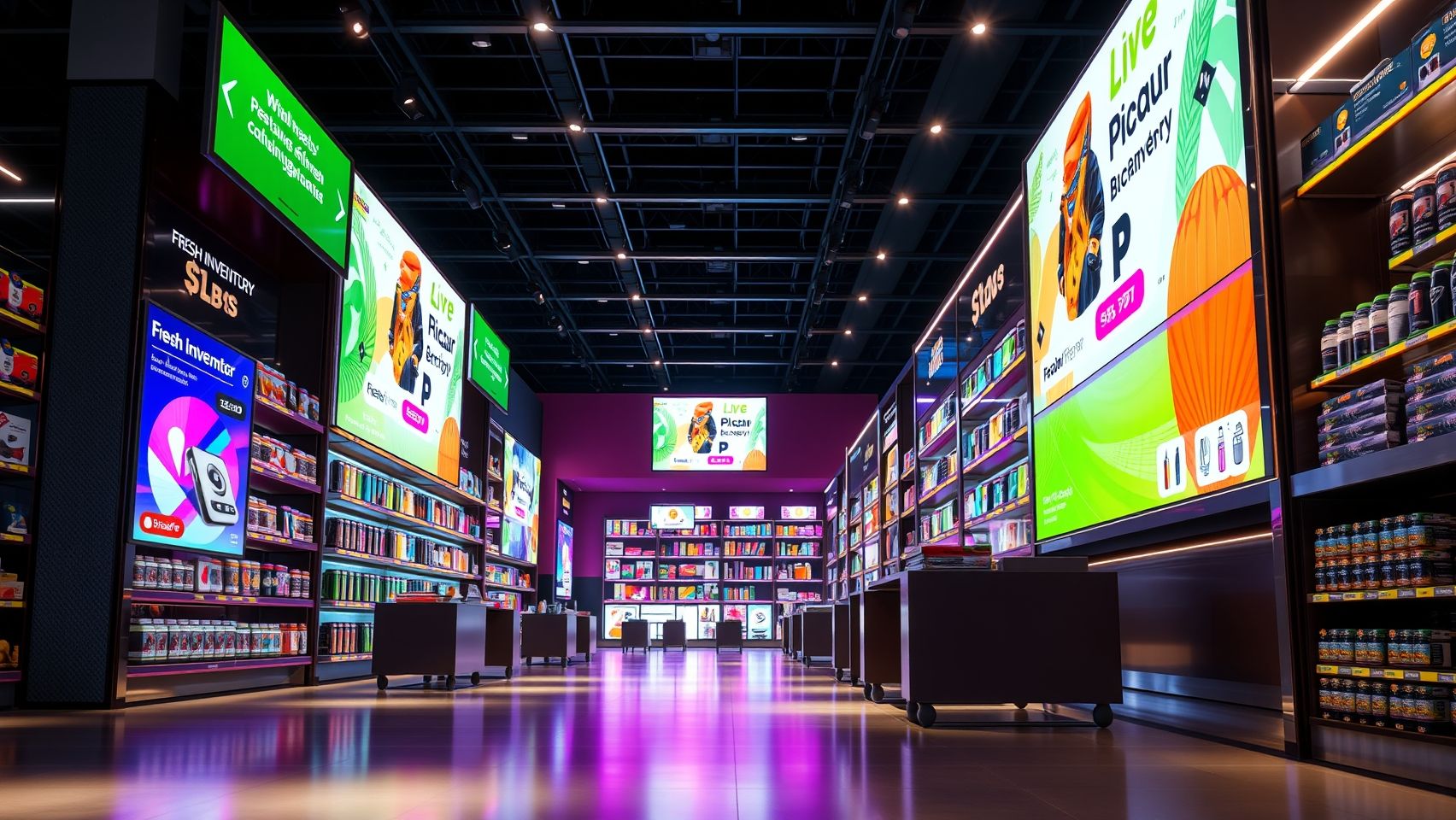Dynamic product ads vs static ads is an important decision for every Indian eCommerce seller, local shop, and digital marketer wanting higher sales, more engagement, and targeted reach on Google Ads. Dynamic ad formats use automation and user data to show personalized product offers based on what buyers viewed, searched, or added to cart—making every ad feel relevant and engaging. Static ads use fixed designs and messages for wide brand awareness or one-time sales; easy to manage, but not personalized. Choosing the right type can boost your ROI, save time, and help you compete even with large shop chains, using practical Indian examples and friendly steps.
What Are Dynamic Product Ads?
Dynamic ads automatically show the perfect product, image, or offer to each shopper or site visitor. When a person browses sandals on your store, Google dynamic ads later show those sandals with price, deal, and shop name. This is done using a product feed and AI that keeps ads updated with real-time stock, price, and variety. Dynamic ads need a one-time setup for feeds and remarketing tags but help you retarget cart abandoners and product viewers without manual work. Every ad is personalized, reducing ad wastage and increasing conversion rate especially for clothing, electronics, groceries, and home goods sellers.
What Are Static Ads?
Static ads are fixed images, banners, or text ads with a single message or offer to all viewers. These are useful for brand building, announcing seasonal sales, or running quick campaigns for a single product. Static ads require less setup than dynamic ads and are good for small businesses with a tight budget or just starting online. You control design and text fully, testing what resonates with people in your city or audience group. All viewers see the same ad regardless of their shopping history, so static ads work for top-of-funnel reach but may get fewer sales from repeat viewers.
Key Comparison Table: Dynamic Product Ads vs Static Ads
| Feature | Dynamic Ads | Static Ads |
| Personalization | Shows real products based on user activity and interest | Same message for all viewers |
| Setup | Needs product feed, remarketing tag, automation | Simple one-time design, fast launch |
| Best Use | Retargeting, large product catalog, recovering abandoned carts | Brand visibility, single offer, testing ads quickly |
| Cost | Higher for setup but more efficient spend | Lower, good for small campaigns |
| Results | Higher CTR, more conversions, best for personalization | Consistent message, best for awareness |
Smart Steps to Create Winning Dynamic Ad Campaigns
- Connect your online store with Google Merchant Center and create a product feed of images, prices, and details.
- Install Google remarketing tag on your site for tracking product views and abandoned carts.
- Set up dynamic display campaign in Google Ads, select target audience groups like site visitors or cart abandoners.
- Use automation to update prices, stock, and new arrivals without manual changes.
- Test different ad templates with local offers and images to suit festival or city trends.
- Set smart bidding to let Google AI optimize spend for conversions and sales.
Practical Static Ad Tips for Beginners
- Start with a single ad design on Google Display or Search, using a strong brand message or limited-time offer.
- Choose clean images and direct call-to-action like Unlock Your Discount for Diwali Sale.
- Test variations in headline, colour, and placement for quick learning on what Indian buyers notice first.
- Keep branding consistent with same colours, logo, and font for repeat awareness.
- Use in top-of-funnel campaigns to reach wide audiences and low-cost early leads.
Best Use Cases and Examples in India
A Pune fashion store runs dynamic ads for all new arrivals, easily showing auto-updated banners for shoes viewed last week by a customer. An electronics seller in Delhi retargets mobile and laptop viewers with personalized festival offers and delivery info. A stationery shop in Nashik uses static ads for open school sale banners before term starts, capturing new traffic but switching to dynamic remarketing ads for cart abandoners and regular buyers for repeat conversions.
Powerful Strategies and Latest Tools
- Use Google's AI and Performance Max with dynamic ads for smart, conversion-focused campaigns pulling latest products and prices.
- Run A/B tests: use static ads to test brand messages, then move winning creatives into dynamic ad templates for scale.
- Integrate n8n automation and WhatsApp updates for reminders to those who saw dynamic ads but did not buy.
- Check Google Analytics sales conversion from static and dynamic ad users and adjust budget each month based on results.
Common Mistakes to Avoid
- Missing product feed errors in dynamic ads, leading to blank or broken ads.
- Using outdated images or generic deals in static ads with no local festival or season info.
- Spending too much on top-of-funnel static ads without retargeting cart viewers or engaged shoppers.
Outside Trusted Resource for More Info
For clear steps and examples on dynamic and static ad strategy, visit Dynamic Ads vs Static Ads Guide to compare features, setup, and ROI for shops and sellers in India.
Niranjan Yamgar’s Final Advice & Friendly Closing
Choosing between dynamic product ads and static ads is about your goal—not rivalry—both have power for different stages. Personalize with dynamic ads for ecommerce growth and remarketing. Use static ads to test and build brand trust. For help with setup, campaign ideas or automation, always visit friendly campaign experts for hassle-free ad success. Wishing creative ads and big sales every month!
